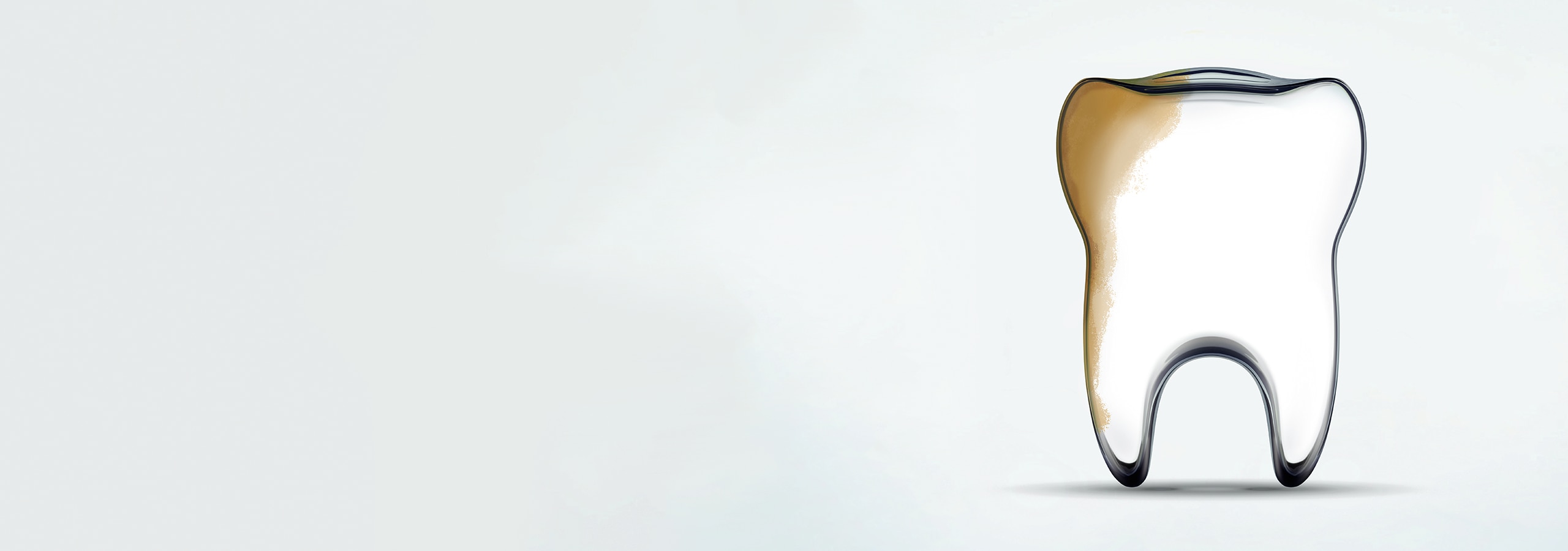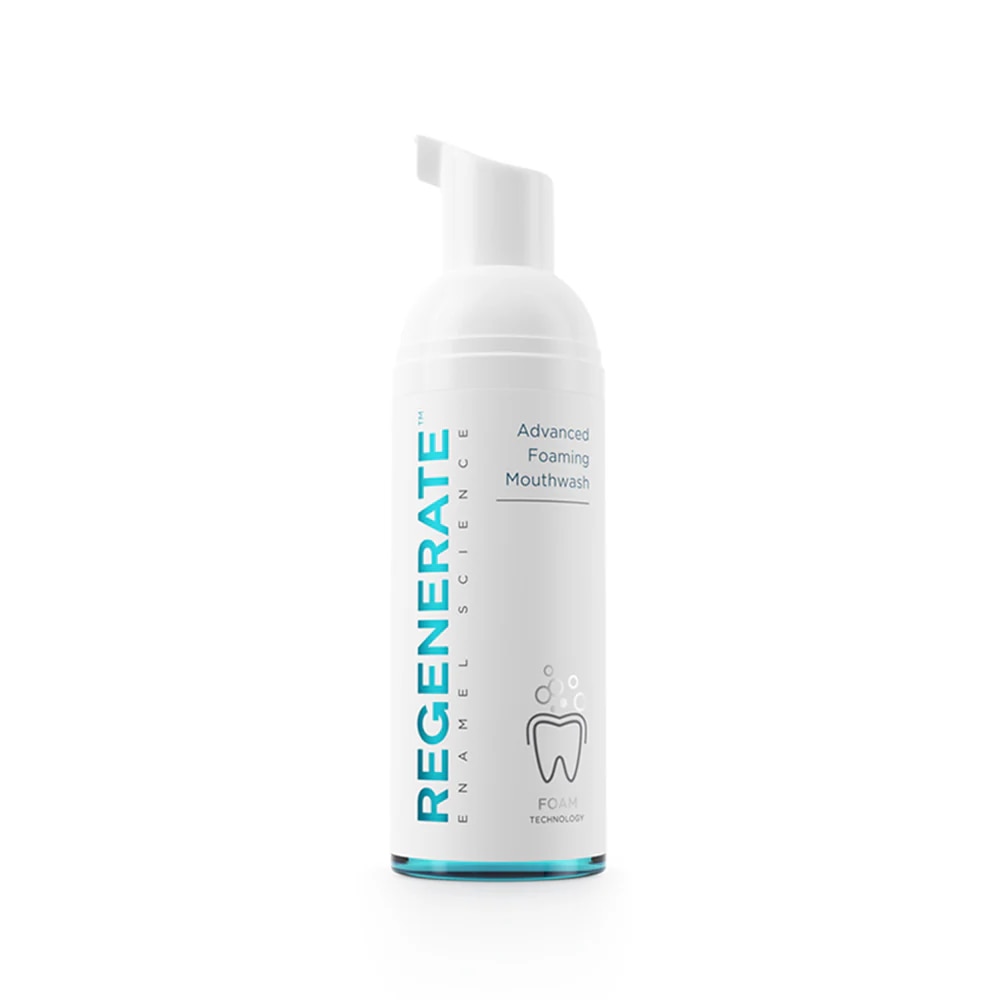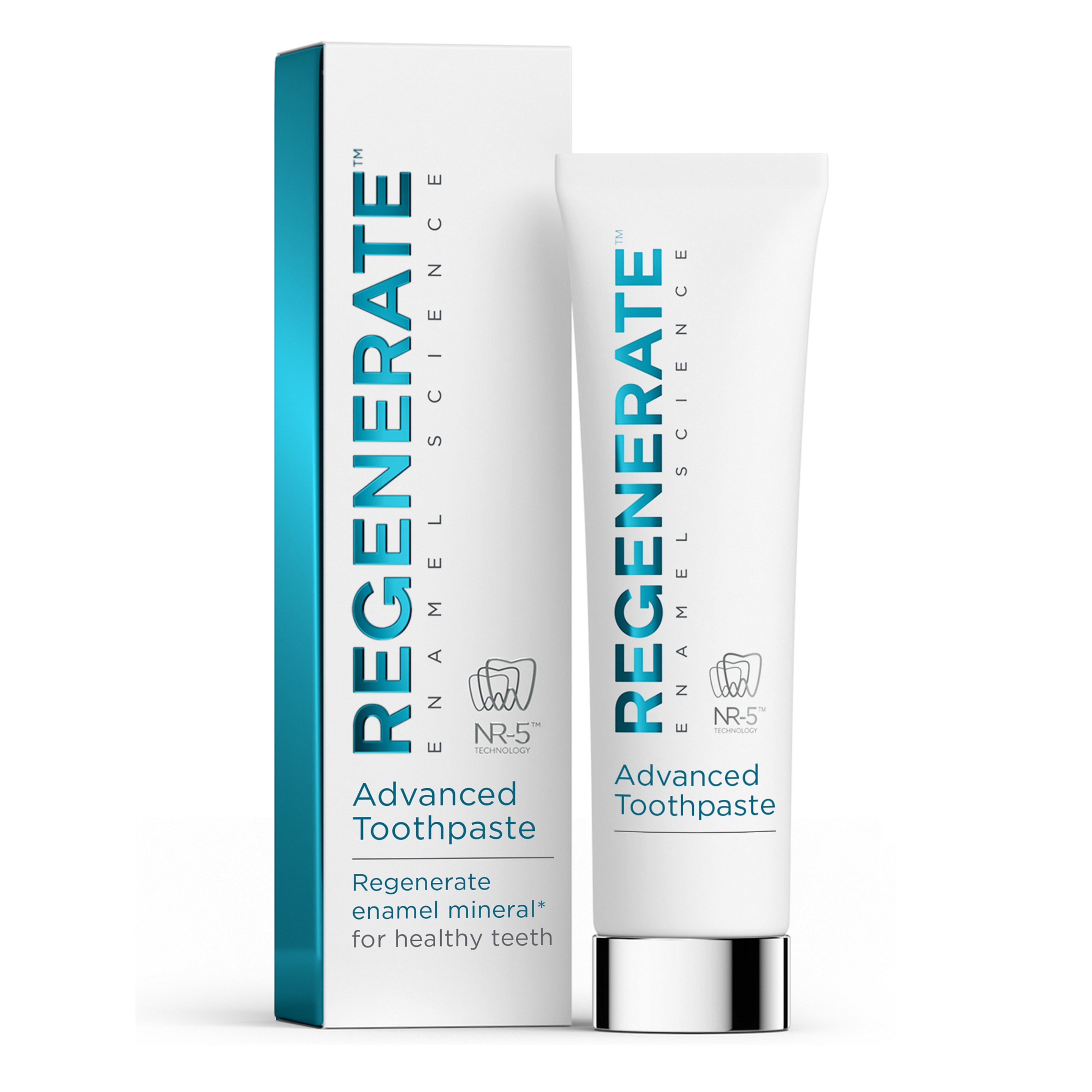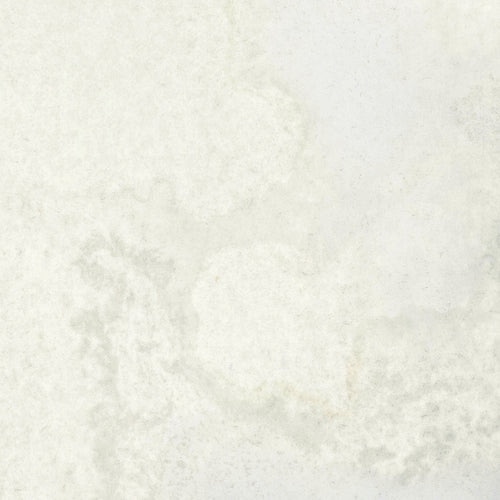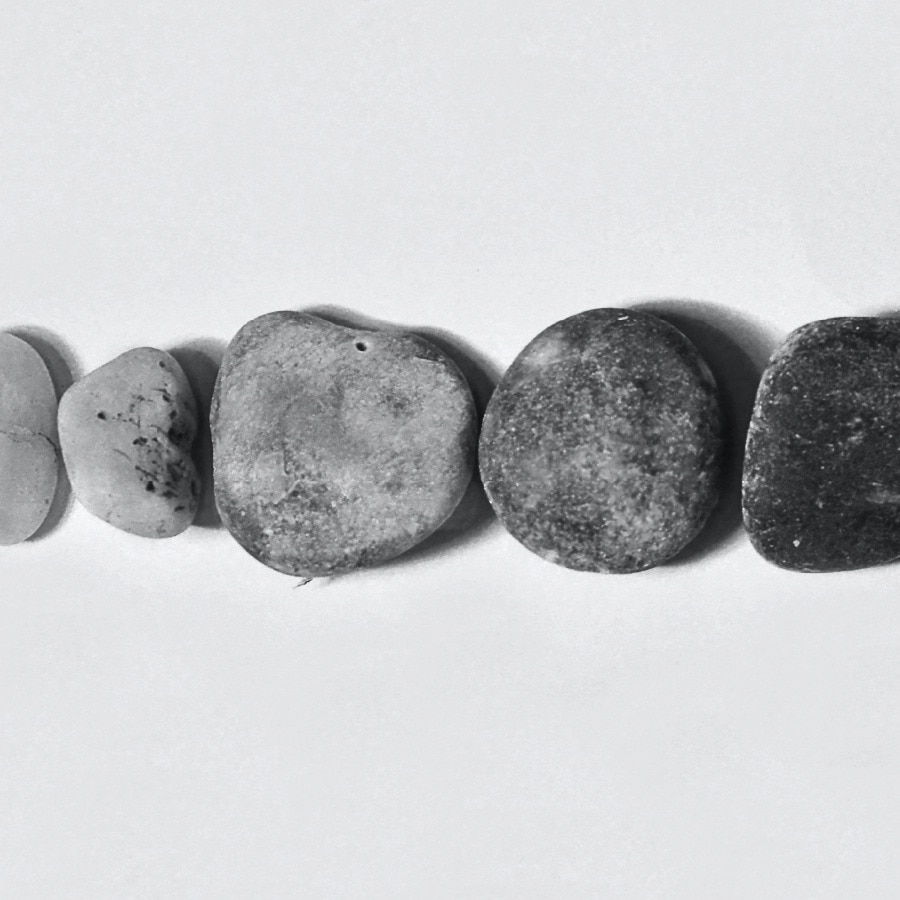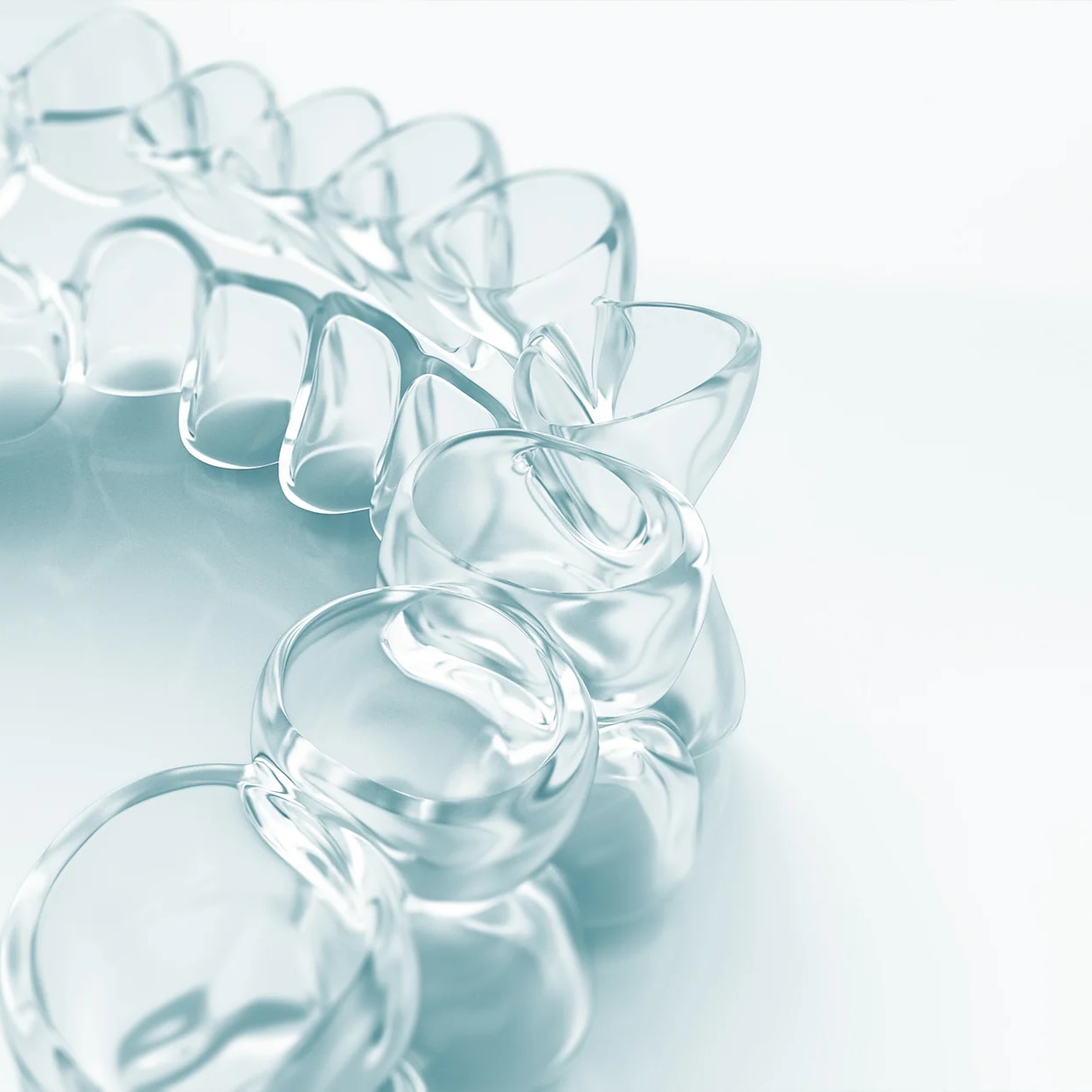Tooth discolouration is very common and can be caused by things as simple as the food and drink you consume. While brown stains on teeth may be simply caused by diet, they may also be a symptom of a more serious dental problem. Read on to find out what causes brown stains on teeth, how you can get rid of them and how to prevent them in the first place.
Why are my teeth going brown: Brown tooth causes
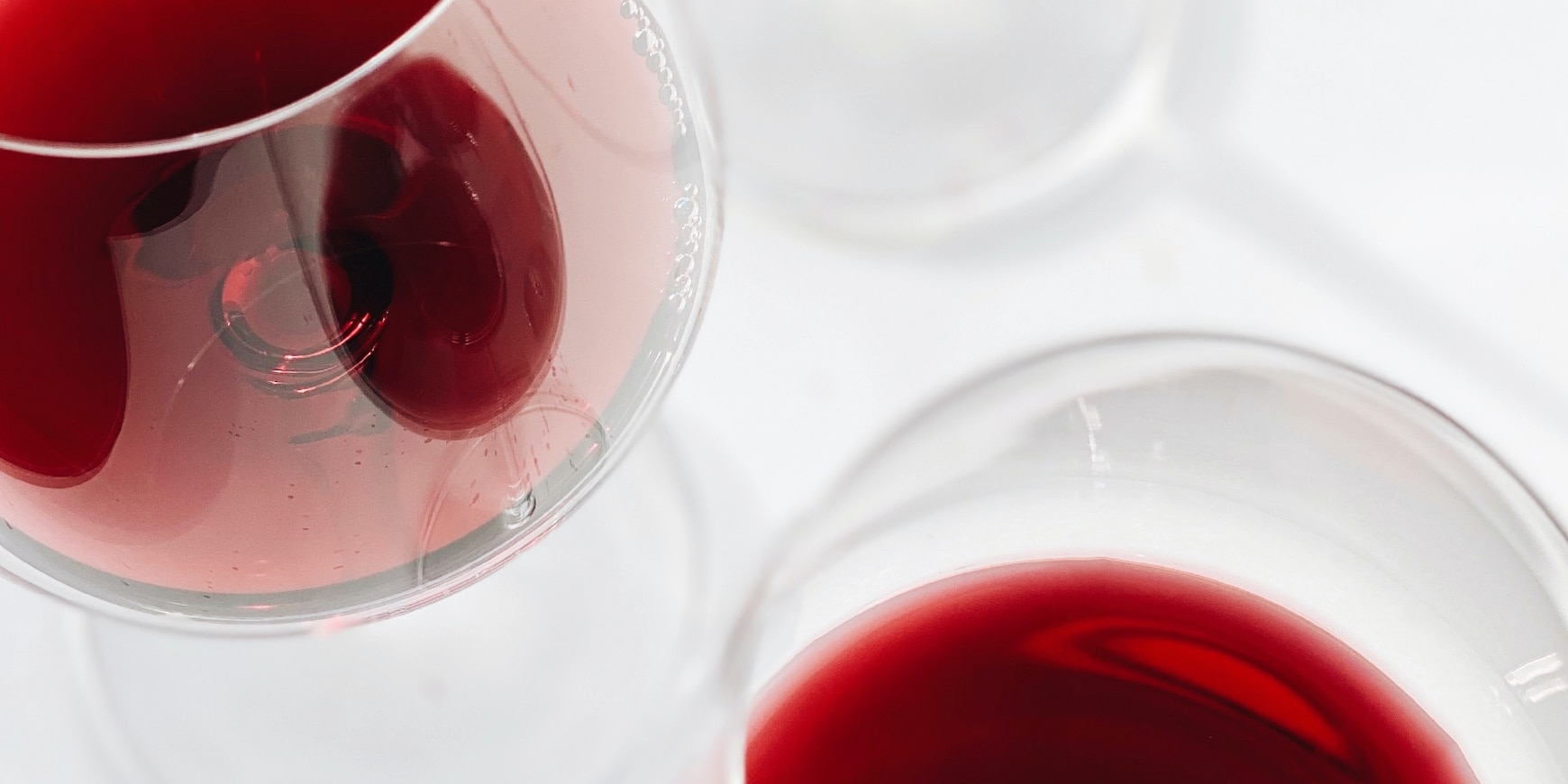
There are various reasons why you may be experiencing brown stains on your teeth. These include:
- Food and drink: Your diet may contribute to brown stains on teeth, particularly if you consume dark coloured foods and drinks such as tea, coffee, and red wine. This is because they contain tannins, which can stain tooth enamel¹. This may be a particular problem for brown stains on the back of teeth as this is where you chew food.
- Smoking: Nicotine and tobacco products contain particles which stick to your enamel. These particles build up over time and repeated use, causing discolouration including yellowing of the teeth and brown spots². For more information, check out this guide.
- Tooth decay: Tooth decay occurs when the tooth is damaged, usually from dental plaque turning sugars into acid. If you have tooth decay, you will likely notice brown stains on the back of teeth, as these areas are hard to clean. While brown stains on teeth are common symptoms of tooth decay, you may also experience toothache and sensitivity³.
- Aging: Ageing can wear away the enamel on your teeth, revealing the darker-coloured dentin. This is connected to the strength of tooth enamel, how the enamel responds to pigments and acids and how much wear and tear the enamel is exposed to.
- Fluorosis: Fluorosis can cause brown spots and pitting across the surface of teeth. Although usually linked to an excess in toothpaste (and often in children), it can also be caused by an excess of fluoride in the drinking water of the area. Although the brown stains on teeth may look damaged, fluorosis is only a cosmetic condition and unless decayed, teeth are in fact healthy.
- Trauma: If you have suffered from an injury involving your mouth, you may have damaged your tooth or the nerve. This can lead to brown stains on teeth or the tooth turning brown completely³.
To find out why you are experiencing brown spots on your teeth, it is important to visit your dentist to ensure that the cause can be found and fixed.
How to get rid of brown stains on teeth?
If you want to know how to get rid of brown stains on teeth, the best first step is a visit to your dentist. Your dentist can let you know if the stains can be treated with a whitening product, or if you would require a type of physical treatment, such as a filling. Depending on the cause of the brown spots, your dentist may recommend:
- Whitening: If you have brown stains on teeth that aren’t caused by dental complications, you may opt to get them whitened, either professionally or at home.
- Bonding: Bonding is often used to fix discolouration and involves a composite resin being attached to your tooth and then shaped to restore its original appearance⁴.
- Veneers: Veneers are a thin, custom-made moulding that is attached to the front surface of your tooth and are an effective solution for stained teeth where stains cannot be removed by teeth whitening⁵.
Be sure to speak to your dentist about the best option for you and to discuss any methods to remove stains from your teeth including the ones detailed above.
How to prevent brown stains on teeth?
The easiest way to prevent brown stains on teeth is by maintaining good oral hygiene. This includes:
- Flossing regularly: Flossing helps to dislodge any food between your teeth that may cause staining and enamel erosion.
- Choose an effective toothpaste: Use a toothpaste designed to protect and strengthen your enamel. REGENERATE Enamel Science™ toothpaste is formulated with the exclusive NR-5™ technology, which can regenerate tooth enamel mineral*, reversing the early enamel erosion process, keeping teeth healthy and strong.
- Using mouthwash: Using a mouthwash after brushing your teeth can help get rid of any lingering food and bacteria between your teeth. REGENERATE Enamel Science™ Advanced Foaming Mouthwash is designed with micro-bubbles for a sensorial experience that reaches between the gaps of the teeth and around the whole mouth.
Other preventative measures include:
- Drinking water regularly: Drinking water regularly, particularly after eating staining foods, will wash away any lingering foods and drink, helping to prevent staining.
- Avoiding staining foods and drinks: Limiting your intake of staining foods is an obvious way to help limit staining.
- Using a straw: If you can’t cut down on your morning coffee or fizzy drink, why not try drinking them through a straw? This helps to limit the contact these liquids have on your teeth, preventing staining.

Now you know what causes brown stains on teeth, it will be easier to prevent them. If you’re worried about the appearance of your teeth, visit a dental health professional for advice. Visiting your dentist regularly means that your teeth can be checked for staining and early signs of damage to help prevent escalation of these issues.
*Acts on early invisible stages of enamel erosion by restoring its mineral content and micro hardness with regular use. Clinically proven.
The advice in this article does not constitute medical advice; it is solely available for information purposes. We recommend that you consult your dentist If you are experiencing any dental problems.
Sources:
1 Eriksen, Nordbø – Extrinsic Discoloration of Teeth
2 NCBI - Smoking and Tooth Discoloration
- slide 1
- slide 2
- slide 3

